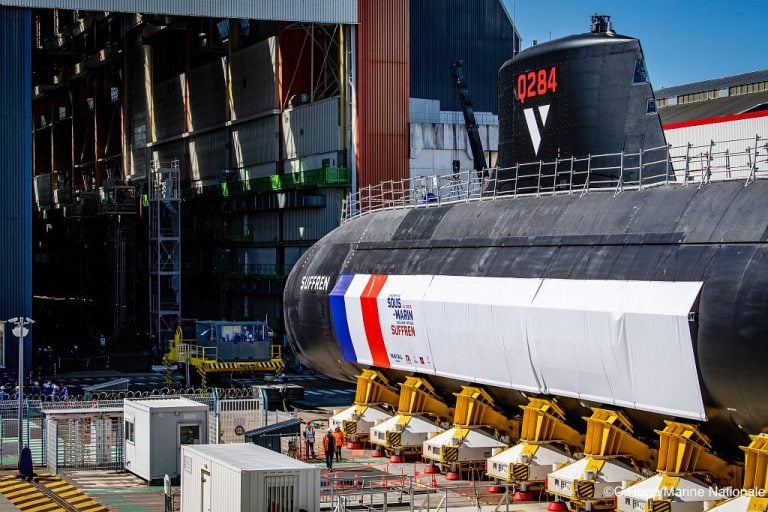In a recent production qualification trial, the US Army’s Precision Strike Missile (PrSM) achieved significant milestones with a successful flight test conducted at White Sands Missile Range in New Mexico. During the test, two Lockheed Martin-developed missiles were launched from a High Mobility Artillery Rocket System (HIMARS), demonstrating their capacity to neutralize a range of targets, including a mock SCUD missile, radar installations, and rotary wing platforms.
This flight test builds on previous achievements, including the system’s double salvo performance trial in November and the first Soldier-led limited user test conducted in December of the previous year. Each of these successful demonstrations plays a critical role in validating the capabilities of the PrSM and moves the program closer to a planned annual full-rate production of 400 missiles, part of a contract valued at $120 million.
Carolyn Orzechowski, Vice President of Precision Fires Launchers and Missiles at Lockheed Martin, highlighted the importance of these tests for the future of missile production, noting, “We continue to validate production during qualification testing as we approach a full-rate production decision from the Army.” She added that the recent tests confirm the operational capabilities and volume of fire across various ranges, proving that the PrSM can launch missiles in rapid succession.
The PrSM is designed as an all-weather surface-to-surface missile intended to succeed the US Army’s MGM-140 Army Tactical Missile System (ATACMS). This advanced missile system can be launched from both HIMARS and M270 platforms and boasts a remarkable range capability, hitting targets over 400 kilometers (248 miles) away. This range significantly exceeds the ATACMS maximum reach of 300 kilometers (186 miles). Furthermore, the PrSM incorporates an open systems architecture that allows for easy integration of future technology upgrades, ensuring it remains effective as modern warfare evolves.















